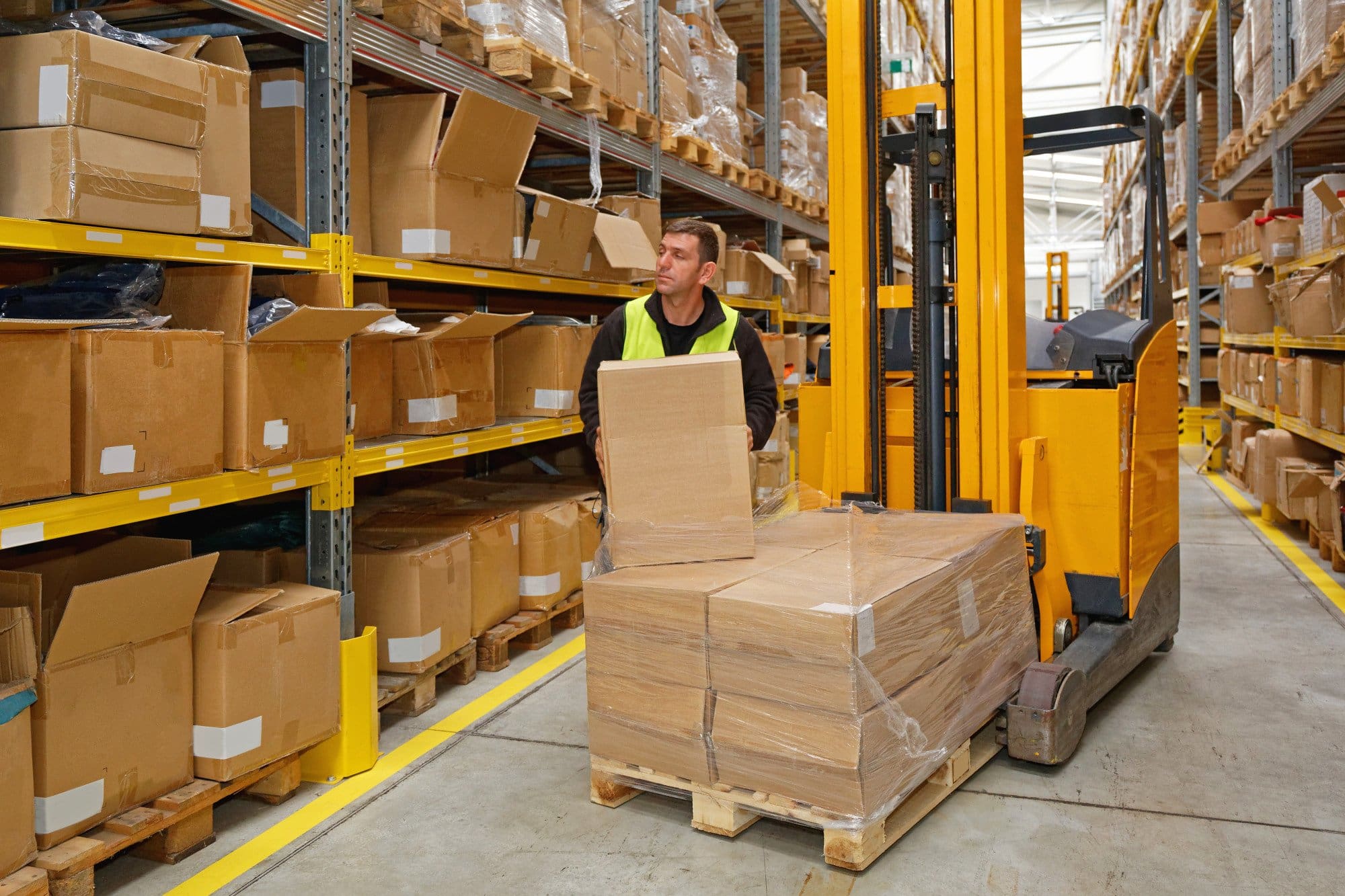Around 850,000 forklifts are currently in operation in the U.S., which shows how many businesses rely on them.
Understanding the differences between stand-up and sit-down forklifts will broaden your knowledge and help you make the right decision for your team. But if you’ve never dealt with mechanics, it can feel overwhelming knowing where to start your research.
Does this sound like your situation? Luckily, we’ve got the answers. Here’s everything you need to know about a stand-up and sit-down forklift, so you can make an informed decision.
Sit Down Forklifts
As the name suggests, these types of forklifts mean that the operator is sitting while using the forklift. This includes going forward or reversing. Pros and cons include:
Pros
A major benefit of using a sitting forklift is that you can drive faster. As a result, you’ll notice a boost in productivity and efficiency, thanks to operating the forklift parts seamlessly.
It also means that the driver is comfortable, which is a lifesaver during busy periods. And if there’s a slippery surface, you needn’t worry as sit-down forklifts come equipped with seatbelts.
Cons
On the flip side, when you operate sit-down forklifts, you’re likely less aware of your surroundings. They also limit visibility when you’re in reverse because you must twist your entire body. This could increase the risk of accidents in the workplace.
Stand-up Forklifts
Professionals in all forklift industries understand how prominent stand-up forklifts are. These are shorter and easier to maneuver in smaller spaces. The pros and cons are:
Pros
Many businesses use standing forklifts if you need to get on and off quickly. You also needn’t worry about applying a parking brake because the machine does it automatically, which prevents potential accidents.
Companies may choose standing forklifts if there are narrow aisles or tighter spaces to navigate.
Cons
A common complaint about stand-up forklifts is that the operator isn’t as comfortable. This can be an issue if your employee is using the machine for an extended period of time.
It also depends on what products you’re dealing with. For instance, most stand-up forklifts rarely go over 5,000 pounds, so if you’re after a heavy-lifting machine then go with a sit-down forklift.
Regardless of which type you choose, it’s important to give your team thorough operator training. Note, that sit-down forklifts use traditional lever controls while a standing forklift requires wrist control to lift, lower, tilt, or side shift. Training is crucial as it will prevent accidents that could make you liable and will boost your team’s productivity, making it a win-win.
Which Type of Forklift Will You Choose?
Now you know the difference between a stand-up and sit-down forklift, you can decide which is the best fit for you.
Spend time weighing the pros and cons of both types of forklifts before making a decision. Once you’ve chosen one, schedule training for your team to maximize your profits and productivity. What’s not to love?
If you need a forklift or operator training, we’re here to help. Get in touch to get started.

